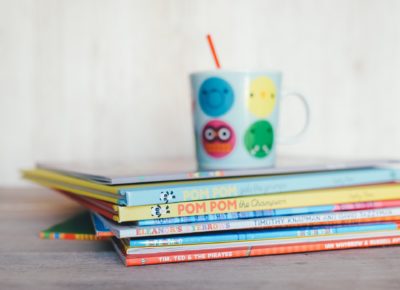
Picture books are a magical way to turn children into book lovers at an early age. While they may appear to be easy to write, there are actually many facets to making a quality picture book. They contain all the elements of adult literature—character development, plot, theme—but delivered in a compact form. If you are interested in writing children’s picture books, here are a few basics to help you get started.
Word Count
Getting the proper word count is important for any genre, but especially for picture books. You need to keep the attention of the wiggly, easily-distracted audience for the entire story. This is also critical if you’re considering traditional publishing as the industry draws a hard line on this issue. So what is the magic number? 500 words. Less is even better for traditional publishing. If you’re going to take the indie route, you have more leeway and can go up to about 650.
Language
The most common mistake I see when editing manuscripts from first time picture book authors is language. Writers tend to draft their stories using adult style and structure but with animals or children as characters. The language in a picture book is structured specifically for children. This means shorter sentences and the conscious use of challenge words. Picture book text also needs to be designed to be read aloud. A good trick is to have someone unfamiliar with the story read it to you and listen to where they trip up. Those are places you’ll want to edit.
Rhyming
Well written rhyme flows naturally and is especially deceiving. It seems incredibly easy to write. This could not be more false. Writing in rhyme is an absolute nightmare I can personally attest to. Why? It’s not just about having the last two words of the sentences rhyme. There is a poetic meter with predictable beats that is necessary for rhyming structure. I recommend studying Lynley Dodd or Aaron Blabey and counting out their beats as an exercise in examining poetic meter and rhyme in picture books. But I have good news—you don’t have to write in rhyme to make a picture book! So if taking on this challenge seems daunting, stick to good ol’ prose.
Illustrators and Picture Notes
A common question is: How do you find an illustrator? Followed by: How do you tell them what to draw? First, if you are going the traditional route, the publisher chooses the illustrator for you. Second, no matter how you publish, illustrators greatly dislike—dare I say hate—picture notes. Think about it: Would you want to be told exactly how to write a story? I didn’t think so. Illustrators don’t like to be dictated to either. They prefer to read the text by itself and create their own vision for the story. This is where trust comes in. If you’re indie publishing, you need to find a talented, experienced illustrator, and they’ll create something better than you even imagined.
Writing picture books takes time to learn and plenty of practice. I recommend finding a critique group in your area that focuses solely on this genre. A big plus is there are often illustrators in these groups who can give you an insight into their side of the process. Spend the time learning picture book craft, and you’ll be giving children the gift of a passion for books that will likely last a lifetime.
